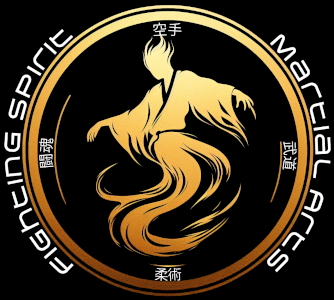In this second part of our series on Bushido, we delve into the virtue of Gi, or righteousness. We explore its historical roots, ethical dimensions, and contemporary relevance. Drawing on seminal texts like “Hagakure” and “Bushido Shoshinshu,” we uncover how Gi guided samurai conduct and its application in modern settings like business, law, and personal ethics. Through real-world examples, we illustrate how this ancient principle continues to inspire integrity and justice in today’s complex world. Join us as we reflect on the transformative power of righteousness and prepare for our next exploration into the virtue of Yu, or courage.
Category: Historical Studies
Exploring Bushido: The Timeless Way of the Samurai and Its Modern Relevance
Explore the ancient and timeless principles of Bushido, the traditional samurai code of ethics, in our comprehensive blog series. Delve into the deep roots of Bushido in Japanese culture, tracing its origins through the influences of Confucianism, Buddhism, and Shintoism, and discover how these values shaped the samurai’s life and moral outlook. Understand the evolution of Bushido during Japan’s feudal era and its lasting impact on modern-day practices in business, education, sports, personal development, and community service. Join us as we uncover the historical significance, philosophical depth, and modern relevance of each Bushido virtue, from righteousness and courage to benevolence and respect. This blog series is a must-read for anyone interested in the fusion of martial tradition and ethical philosophy, offering timeless lessons on leadership, integrity, and personal growth. Embark on a journey through the way of the warrior and see how Bushido’s principles can inspire a life of honour and purpose today.


